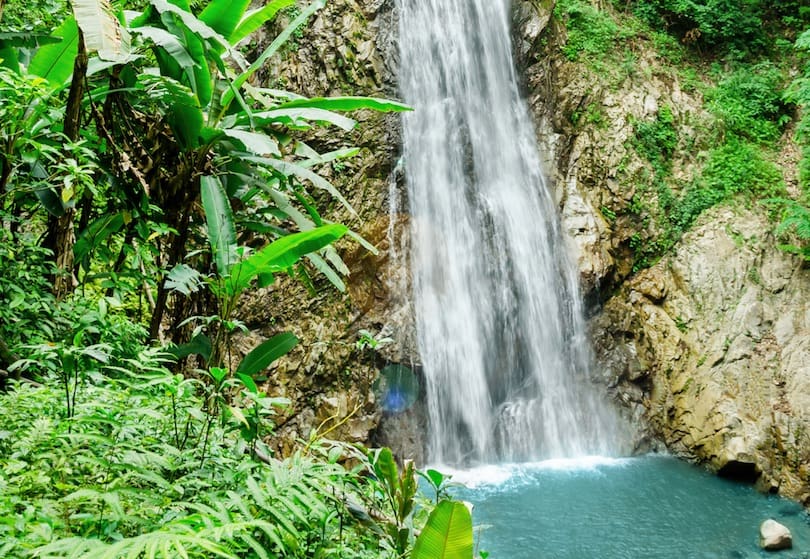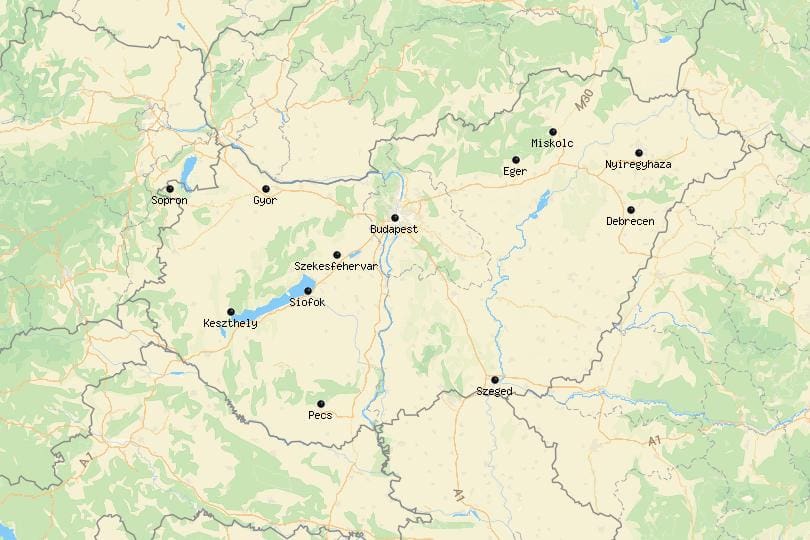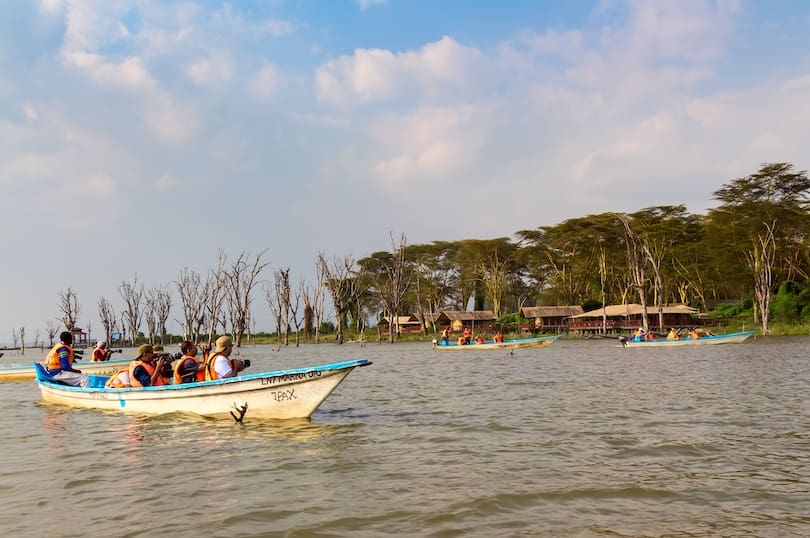Ranthambore National Park is one of the most popular wildlife destinations in India. It’s a haven for nature lovers and adventure seekers alike, with its diverse wildlife, picturesque landscapes, and ancient ruins. But, with so much to see and do, when is the best time to visit Ranthambore? In this article, we’ll explore the different seasons and months, and help you plan your ultimate safari adventure.
1. Introduction
Ranthambore National Park is located in the Sawai Madhopur district of Rajasthan, India. It’s home to a wide range of flora and fauna, including tigers, leopards, deer, antelopes, and more. The park covers an area of 392 sq km and is divided into several zones, each with its own unique features and wildlife sightings. Whether you’re a nature enthusiast or a wildlife photographer, Ranthambore is an experience of a lifetime.
2. Ranthambore National Park
Ranthambore National Park was originally established as the Sawai Madhopur Game Sanctuary in 1955. It was later declared a national park in 1980, and in 1991, it became a part of the Project Tiger initiative. The park is also home to several ancient ruins, including the Ranthambore Fort, which dates back to the 10th century.
3. Best Time to Visit Ranthambore
The best time to visit Ranthambore depends on your preferences and the type of experience you’re looking for. There are three main seasons in Ranthambore: winter, summer, and monsoon.
4. Winter Season (October to February)
The winter season is the best time to visit Ranthambore for wildlife sightings. The weather is pleasant, with cool mornings and evenings, and warm afternoons. The park is also less crowded during this time, which means you’ll have a better chance of spotting tigers and other wildlife. The months of November to February are considered the peak season, so make sure to book your safari in advance.
5. Summer Season (March to June)
The summer season is hot and dry, with temperatures reaching up to 45 degrees Celsius. This is the best time to visit Ranthambore for bird watching, as many migratory birds flock to the park during this season. The vegetation is also less dense, which makes it easier to spot wildlife. However, the heat can make it difficult to enjoy the safari experience, so make sure to stay hydrated and wear appropriate clothing.
6. Monsoon Season (July to September)
The monsoon season is the least popular time to visit Ranthambore. The park is closed from July to September due to heavy rainfall, and the vegetation is at its densest during this time. While it’s not the best time for wildlife sightings, it’s a great time to experience the park’s natural beauty and enjoy the lush greenery.
7. Things to Do in Ranthambore
Aside from the safari experience, there are several other things to do in Ranthambore. You can visit the Ranthambore Fort, explore the ancient temples and stepwells, or take a guided nature walk. The nearby Surwal Lake and Padam Lake are also worth a visit, especially during the migratory bird season.
8. How to Reach Ranthambore
The nearest airport to Ranthambore is Jaipur International Airport, which is approximately 150 km away. You can also reach Ranthambore by train, as the Sawai Madhopur railway station is well-connected to major cities in India. From there, you can hire a taxi or take a local bus to reach the national park.
9. Where to Stay in Ranthambore
Ranthambore offers a range of accommodation options, from budget-friendly guesthouses to luxury resorts. Some popular options include the Ranthambore Kothi, The Oberoi Vanyavilas, and the Sher Bagh Tented Camp. Make sure to book your accommodation in advance, especially during the peak season.
10. Tips for a Successful Safari
To make the most of your safari experience, here are a few tips to keep in mind:
- Book your safari in advance to avoid last-minute hassles
- Wear comfortable and breathable clothing
- Carry sunscreen, sunglasses, and a hat to protect yourself from the sun
- Bring a pair of binoculars to spot wildlife from a distance
- Avoid making loud noises or wearing strong perfumes to avoid disturbing the animals
Conclusion
Ranthambore National Park is a must-visit destination for anyone looking to experience the best of Indian wildlife and nature. With its diverse flora and fauna, picturesque landscapes, and ancient ruins, Ranthambore has something for everyone. Whether you visit during the winter season for tiger sightings or during the monsoon season for the lush greenery, Ranthambore is a trip you won’t forget.
FAQs
- What is the best time to visit Ranthambore for tiger sightings?
- The winter season (October to February) is the best time to spot tigers in Ranthambore.
- Is it safe to visit Ranthambore National Park?
- Yes, Ranthambore is a safe and well-maintained national park. However, it’s important to follow the rules and regulations of the park to ensure your safety.
- What is the cost of a safari in Ranthambore?
- The cost of a safari in Ranthambore varies depending on the zone and the type of vehicle you choose. It typically ranges from INR 1,000 to INR 5,000 per person.
- What should I wear on a safari in Ranthambore?
- Wear comfortable and breathable clothing, preferably in neutral colors. Avoid bright colors or patterns that may scare away the animals.
- Can I visit Ranthambore with children?
- Yes, Ranthambore is a family-friendly destination. However, keep in mind that children under the age of five are not allowed on the safari.



















My brother suggested I might like this blog. He was totally right.
This submit truly made my day. You cann’t consider simply how much time I had spent for this information! Thanks!